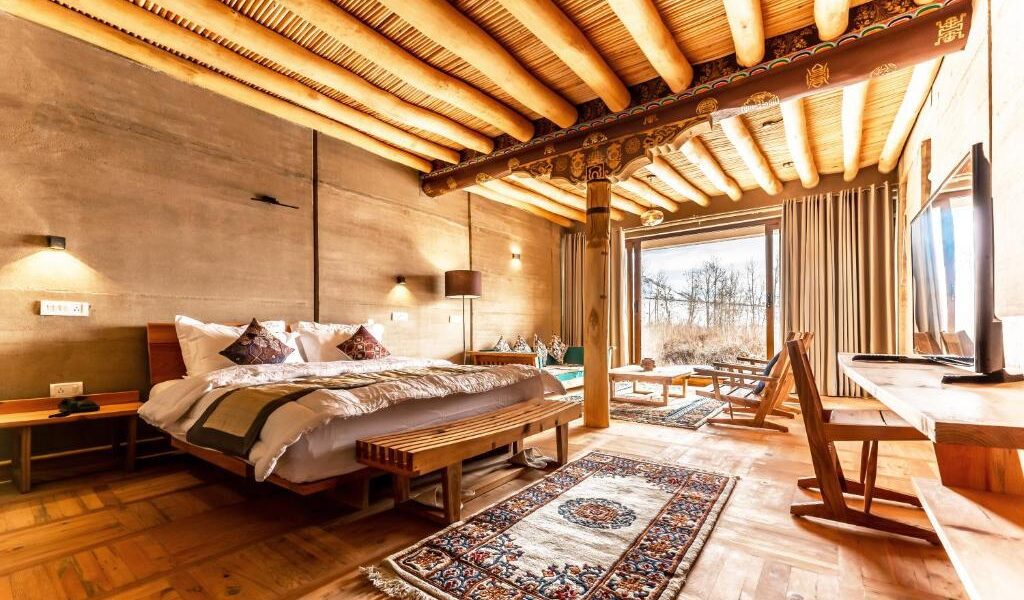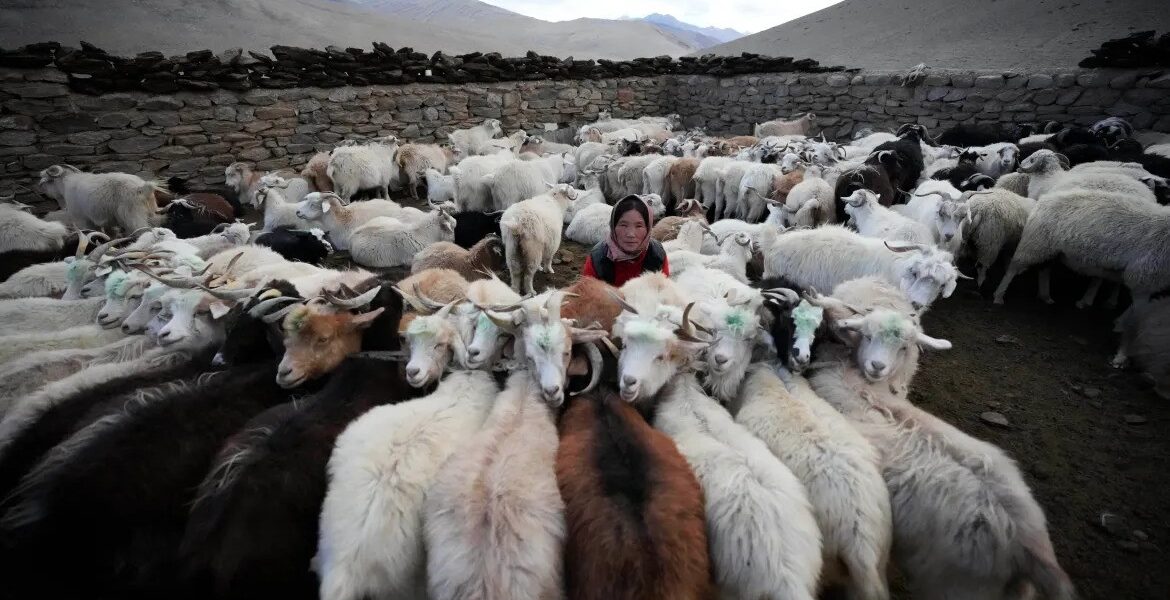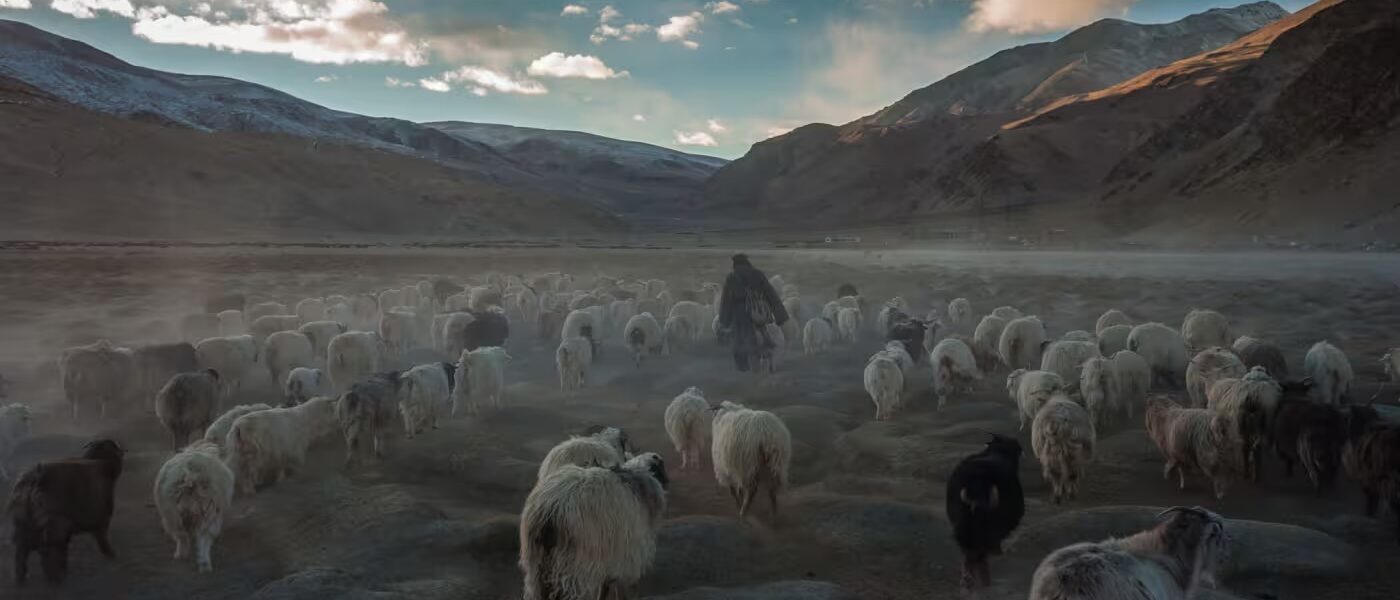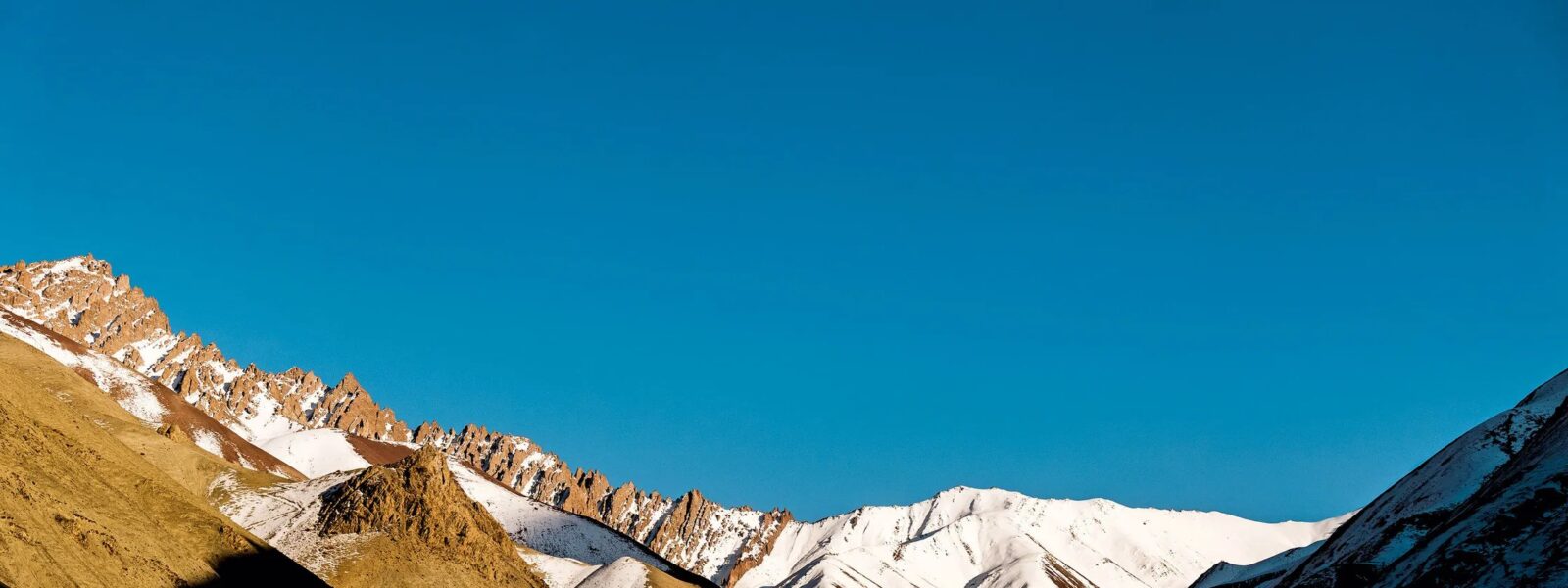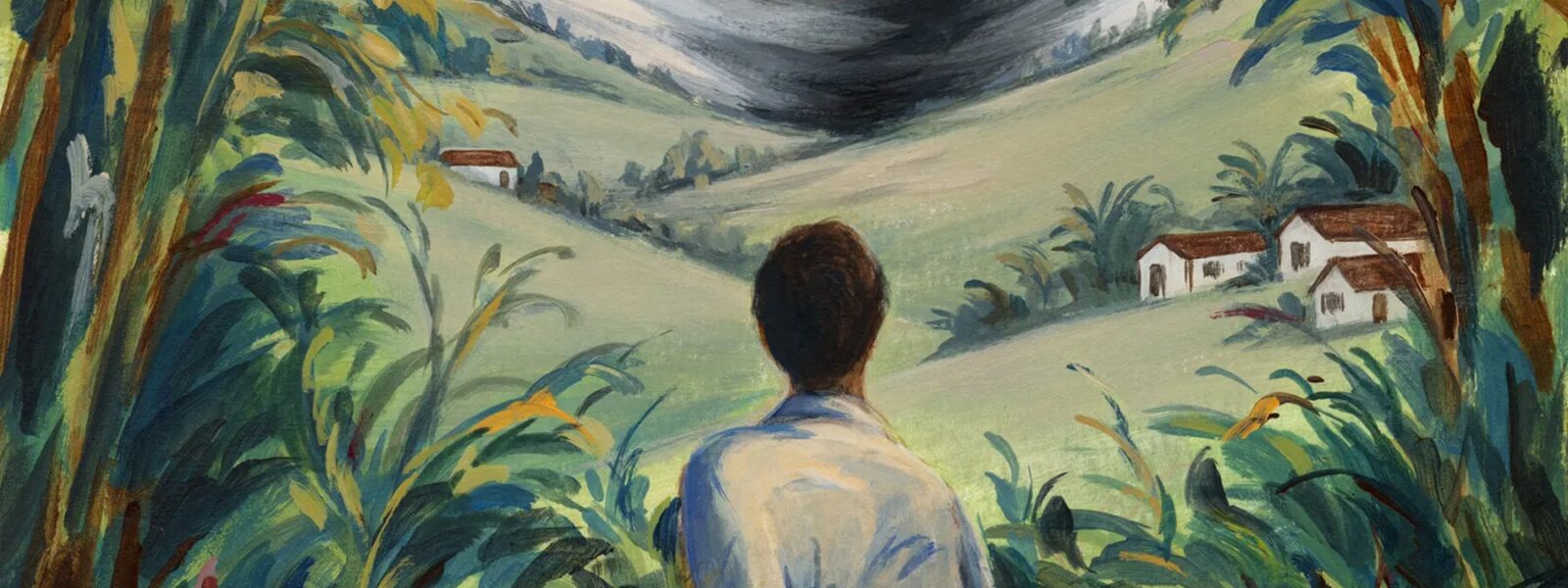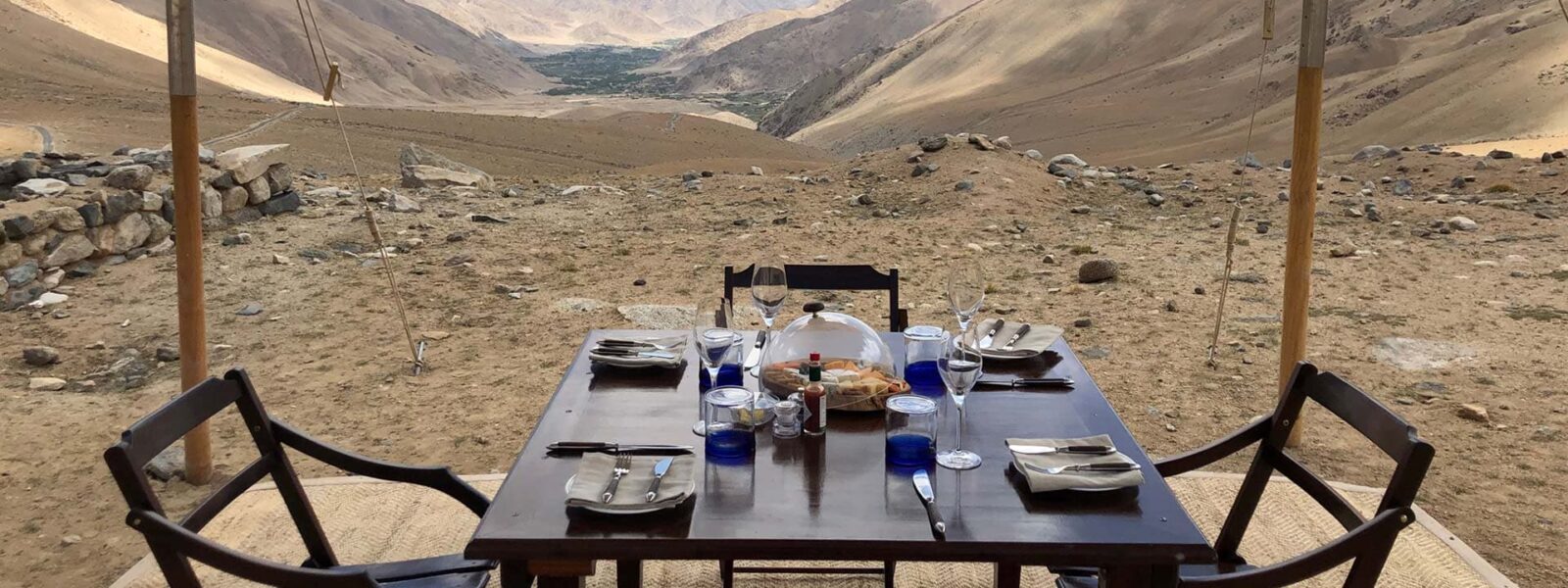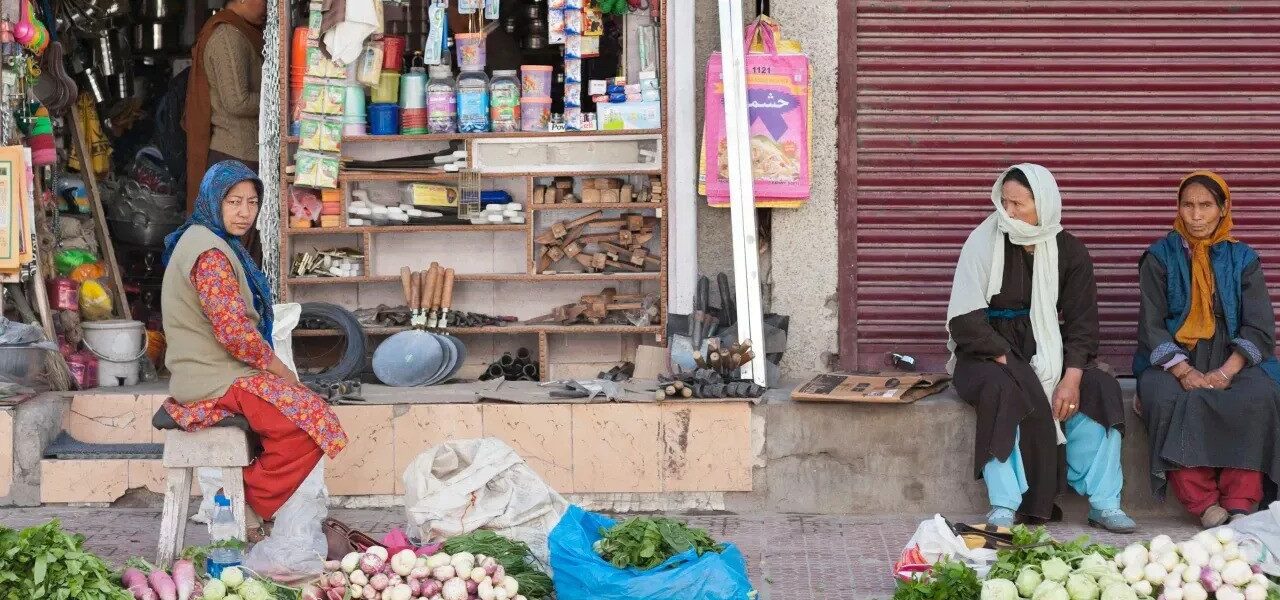This article is part of the 4-page series:
- Ladakh Travel Guide 2025: Explore the Hidden Gem of the Indian Himalayas
- How to Reach & Explore Ladakh in 2025
- Top Places, Culture & Itineraries in Ladakh 2025
- Staying Smart & Traveling Responsibly in Ladakh
Use the links above to navigate through the complete Ladakh Travel Guide for 2025.
Where to Stay in Ladakh: Homestays, Guesthouses, and Eco-Lodges
In Ladakh, where you stay isn’t just a place to sleep — it’s an experience in itself. From traditional mud-brick homes in remote villages to eco-conscious retreats under the stars, accommodation here offers a rare opportunity to connect with the land and its people. In this section, we guide you through the best types of stays across the region in 2025, with a focus on cultural immersion, comfort, and sustainability.
🏙 Staying in Leh: The Basecamp of Ladakh
Leh, the capital and entry point for most travelers, has the widest range of accommodations. Options include:
- Guesthouses – Family-run homes offering basic comforts and a personal touch. Ideal for budget and cultural travelers.
- Boutique hotels – Stylish stays blending Ladakhi architecture with modern amenities.
- Monastery stays – For those seeking a meditative, quiet environment (limited availability).
Recommended areas: Old Leh for local charm, Changspa for cafés and backpacker vibe, and Upper Tukcha for peace and views.
🏡 Village Homestays: Live Like a Local
Homestays are the soul of Ladakh hospitality. Run by local families, they provide an intimate glimpse into Ladakhi life — from harvesting barley to morning butter tea rituals. Benefits include:
- Home-cooked Ladakhi meals
- Warm hospitality and storytelling
- Support for rural economies and traditions
Top villages for homestays in 2025:
- Phyang and Taru – Close to Leh but quiet and traditional
- Temisgam and Tia – In the cultural Sham Valley
- Karzok (Tso Moriri) – Nomadic hospitality at high altitude
- Turtuk and Bogdang – Culturally unique Balti villages in Nubra
🌱 Eco-Lodges and Sustainable Stays
As Ladakh embraces mindful tourism, a growing number of eco-lodges are offering sustainable stays with minimal environmental impact. These often feature:
- Solar heating and dry toilets
- Organic gardens and local materials
- Limited guest numbers for quiet stays
Recommended eco-stay regions:
- Uleytokpo and Yangthang – Great for peace and nature
- Shara and Hemis Shukpachan – Ideal for short treks and cultural immersion
- Sumda Chenmo – Off-the-grid trekking lodges with local art
🏕 Campgrounds and Fixed Tents
If you’re visiting high-altitude lakes like Pangong or Tso Moriri, overnight options usually include:
- Fixed tented camps – Basic but comfortable, often with en-suite toilets
- Deluxe camps – More luxurious, with proper bedding, attached bathrooms, and dining tents
Tips: Nights can be freezing, even in summer — pack layers. Always check for wind protection and insulation before booking.
📌 Tips for Booking Accommodation in Ladakh (2025)
- Book early for June–August, especially in Pangong, Nubra, and Leh.
- Wi-Fi is limited; don’t expect strong connectivity in remote regions.
- Most remote places accept cash only — carry sufficient money from Leh.
- Choose homestays or eco-lodges if you want deeper local connections.
The charm of staying in Ladakh lies in simplicity and sincerity. Whether you’re sleeping in a mud-brick home under prayer flags or watching the Milky Way from a tent at 4,000 meters, these are the places where travel becomes memory.
In the next section, we’ll explore how to be a responsible traveler in Ladakh — from reducing your impact to giving back to the communities that welcome you.
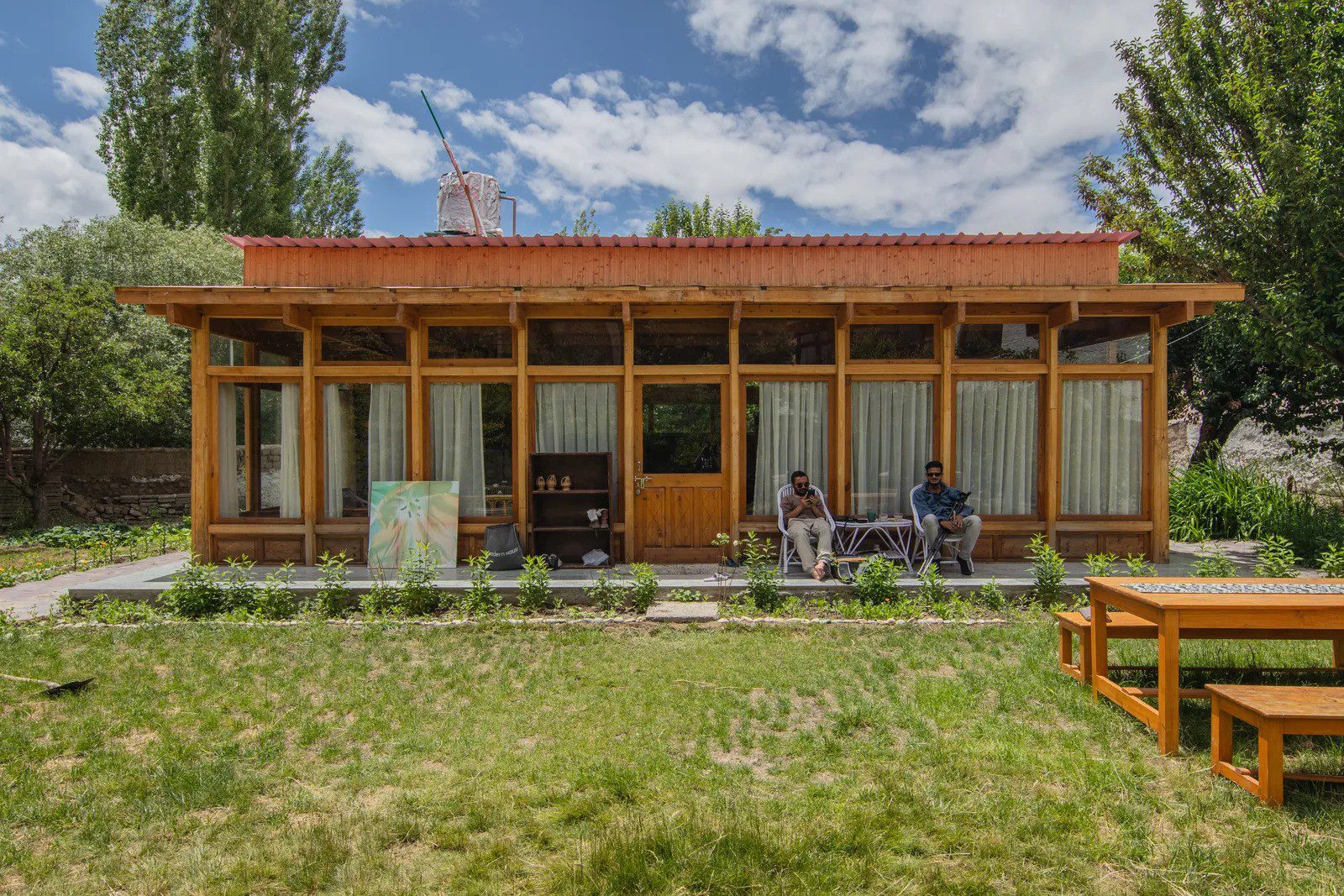
Traveling Responsibly: Sustainable Tourism in Ladakh
Ladakh’s landscapes are dramatic and inspiring, but they are also fragile. As the region opens up to increasing numbers of travelers, the pressure on its ecosystems, water resources, and cultural traditions has never been greater. The good news? You have the power to make a positive impact — simply by traveling mindfully. In this section, we explore how to be a responsible traveler in Ladakh in 2025 and beyond.
🌿 Respect the Environment
Ladakh is a cold desert. Water is scarce, vegetation is minimal, and waste management is limited — especially outside Leh. Practicing eco-conscious behavior is not optional here — it’s essential.
- Carry your own water bottle and use purification tablets or refill stations in Leh and some villages.
- Avoid single-use plastic — plastic bottles, wrappers, and bags take decades to decompose here.
- Use biodegradable soaps and personal care products, especially near water sources.
- Stick to designated trails during treks to avoid damaging fragile vegetation and soil.
- Dispose of waste properly. In remote areas, this often means carrying it out yourself.
🏘 Support the Local Economy
Every rupee you spend in Ladakh is a vote for the kind of tourism you want to encourage. Choose local, choose small, choose meaningful.
- Stay in homestays or locally run guesthouses instead of chain hotels.
- Eat at family-owned cafés or try traditional meals prepared by hosts.
- Buy handicrafts, pashmina, dried apricots, or handwoven rugs directly from artisans or women’s cooperatives.
- Hire local guides and porters, especially for trekking routes.
📿 Respect Culture and Tradition
Ladakh’s unique cultural identity — a blend of Tibetan Buddhism, Islam, and indigenous wisdom — is deeply rooted in community, harmony, and ritual. Visitors are welcome, but should engage respectfully.
- Ask before photographing people, especially monks, women, or children.
- Dress modestly in villages and sacred sites. Cover shoulders and knees.
- Do not touch religious artifacts, prayer wheels, or sacred stones unless invited.
- Learn a few words in Ladakhi or Hindi — greetings go a long way.
🚯 Go Zero Waste (or as close as you can)
Waste management in Ladakh is challenging due to terrain and infrastructure. Here’s how you can help:
- Bring a zero-waste travel kit: bamboo cutlery, metal straw, cloth napkin, and reusable shopping bag.
- Refuse packaged snacks or re-pack into reusable containers before your trip.
- Decline hotel toiletries — use your own, preferably in solid form (soap bars, shampoo bars).
- Carry out batteries, electronics, and non-biodegradable waste. Leh has a few collection centers; remote villages do not.
🌏 Travel Slower, Go Deeper
Instead of rushing through multiple destinations, consider staying longer in fewer places. Slow travel reduces your carbon footprint and allows deeper connection with locals and the land.
- Spend several nights in one village — learn their rhythm, attend local gatherings.
- Join a cultural or farming experience rather than ticking off sights.
- Travel overland when possible, and offset your flights’ carbon emissions if you can.
Traveling responsibly in Ladakh doesn’t mean sacrificing comfort or adventure. It means becoming part of a new kind of journey — one that gives back more than it takes. The mountains will thank you. So will the generations who live here.
In the next section, we’ll tackle the most common questions travelers have — from safety concerns to packing lists — with our updated FAQ for 2025.
Ladakh Travel FAQs (2025 Edition)
Got questions about traveling to Ladakh in 2025? You’re not alone. From altitude concerns to packing tips, here are the most frequently asked questions — and answers that will help you prepare for a smooth, inspiring journey into the Himalayas.
❓ Is Ladakh safe for solo travelers, including women?
Yes, Ladakh is considered one of the safest regions in India for both solo and female travelers. The locals are respectful and hospitable, and violent crime is extremely rare. However, it’s wise to follow standard precautions: avoid trekking alone in remote areas, inform someone of your plans, and dress modestly when visiting traditional villages.
❓ What is the best time to visit Ladakh in 2025?
The ideal travel window is from May to mid-October. For lush valleys and open roads, visit between June and September. If you prefer fewer crowds and golden landscapes, September to early October is perfect. Winter visits (November to March) offer unique experiences like frozen lakes and snowy monasteries but require careful planning.
❓ How many days should I spend in Ladakh?
A minimum of 7 to 10 days is recommended to explore Ladakh without rushing. This allows time for acclimatization, travel to remote regions like Nubra or Tso Moriri, and cultural experiences. If you’re trekking or visiting Zanskar or Hanle, plan for 10 to 14 days or more.
❓ What is AMS (Altitude Mountain Sickness), and how can I prevent it?
AMS can occur above 2,500 meters — and Leh is at 3,500m. Symptoms include headache, nausea, fatigue, and shortness of breath. To prevent AMS:
- Rest for 24–48 hours after arrival
- Stay hydrated (avoid alcohol initially)
- Ascend gradually to higher altitudes
- Consult your doctor about preventive medication if needed
❓ Do I need any permits to travel in Ladakh?
Yes. Indian citizens need an Inner Line Permit (ILP) to visit areas like Nubra Valley, Pangong Lake, and Tso Moriri. Foreign nationals require a Protected Area Permit (PAP). These can be arranged online or through a local travel agent in Leh. See our previous section for full details.
❓ What should I pack for a trip to Ladakh?
Weather in Ladakh is unpredictable, even in summer. Essential items include:
- Layered clothing (thermal, fleece, windproof jackets)
- Woolen socks, gloves, and a hat
- Sunscreen (SPF 50+), sunglasses, lip balm
- Reusable water bottle, medicines, and a power bank
- Cash (ATMs may not work outside Leh)
❓ Is internet and mobile connectivity available?
Mobile signal is available in Leh and parts of Nubra Valley. Postpaid SIM cards from Jio, Airtel, and BSNL work best. Prepaid SIMs from outside Jammu & Kashmir and Ladakh do not function here. Internet is generally slow and unreliable in remote regions — download maps and documents beforehand.
❓ Can I travel to Ladakh with children or elderly family members?
Yes — but consult a doctor first, especially regarding altitude. Choose lower-altitude stays (like Sham Valley or Nubra) and plan a slower-paced itinerary. Avoid long drives or sleeping above 4,000 meters in the first few days.
❓ What kind of food is available for vegetarians or vegans?
Vegetarian food is widely available in Ladakh, especially in Leh. Many local dishes like thukpa, skyu, and momos are plant-based or easily adapted. Vegan options are possible, though limited in remote areas — carrying protein snacks is advised.
❓ Is Ladakh accessible for travelers with disabilities?
Accessibility is improving, especially in Leh, where some hotels and cafes have ramps and accessible rooms. However, terrain in remote areas and older monasteries can be challenging. Customized tours may be arranged with local agencies — plan in advance and communicate specific needs.
Still have questions? Reach out to your local travel expert or connect with tour operators who specialize in Ladakh. Remember — every journey here is unique, but preparation is the key to a safe and magical experience.
In our final section, we’ll wrap up with a reflection on why Ladakh is more than a destination — it’s a transformative journey waiting to unfold.
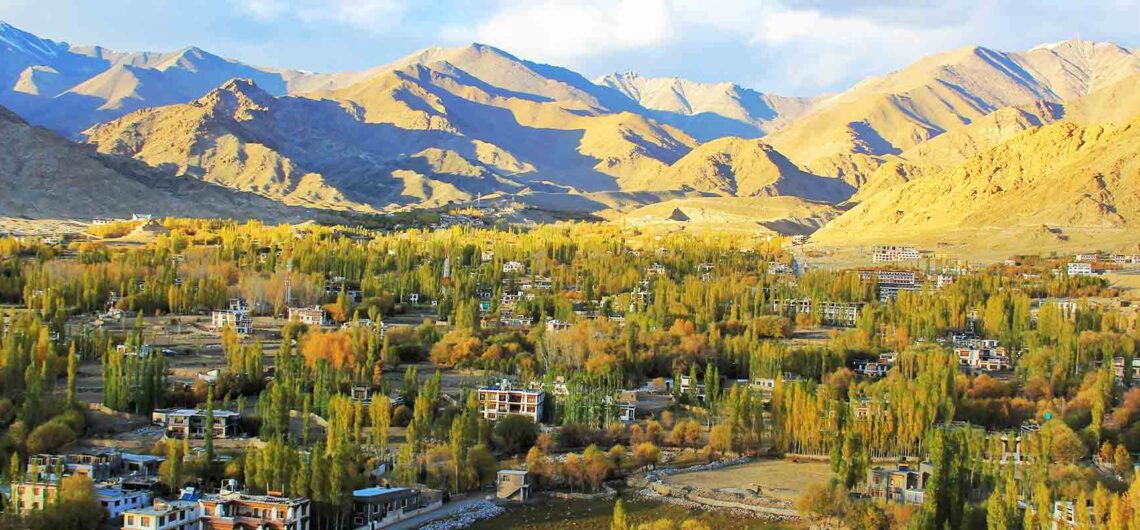
Final Thoughts: Why Ladakh is the Ultimate Himalayan Escape in 2025
In a world that moves too fast, Ladakh remains still.
Here, the mountains do not rush. The wind moves with purpose. The people speak with calm. And every sunrise reminds you: the most extraordinary places often exist just beyond the reach of noise.
Whether you come for the turquoise lakes, the ancient monasteries, the high-altitude passes, or simply the silence — Ladakh gives more than it takes. It offers space to think, to feel, to reset. And in 2025, more than ever, that space is something we all crave.
You may arrive as a traveler with a checklist. But you will leave with stories etched into your soul: a child offering you tea in a remote village; prayer flags flapping wildly above a cliff; a yak bell echoing through a hidden valley; a night sky so vast it makes your heartbeat slow.
Ladakh is not just a place you visit.
It is a place that visits you — quietly, deeply, without permission. And once it’s there, it stays.
As you prepare for your journey, take this guide not as a script, but as an invitation. To travel not just across landscapes, but into yourself.
To walk slowly. To listen closely.
To leave only footprints — and carry away wonder.
Because some destinations change your itinerary.
Ladakh changes you.
Safe travels — and may the mountains walk with you.

